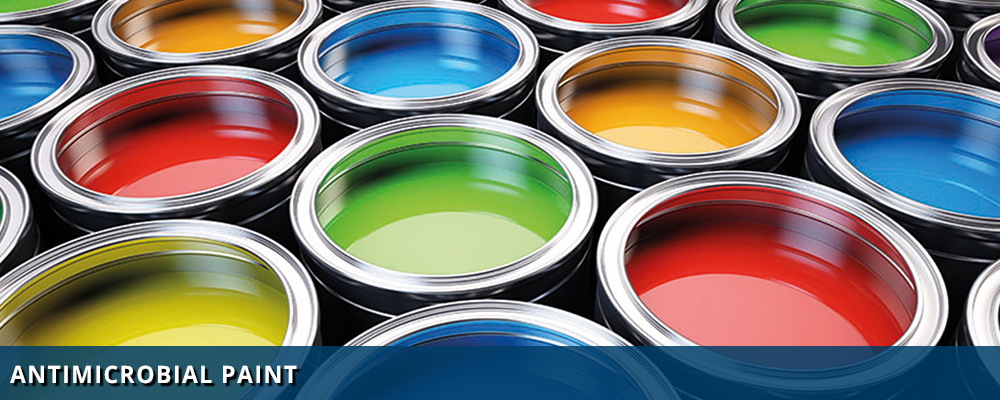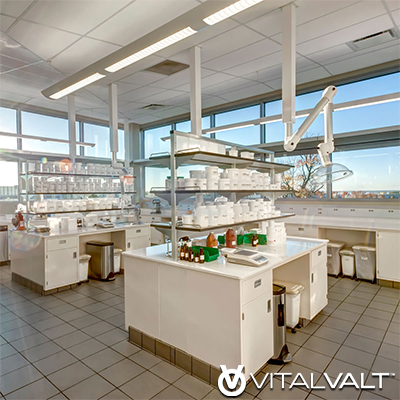

Bacteria-killing properties are moving paint beyond just aesthetics.
Due to recent advancements in technology, paint can go beyond aesthetic benefits to perform a variety of tasks, such as killing harmful pathogens on painted surfaces, helping to reduce odors and improving indoor air quality.
Understanding the difference between antimicrobial, antibacterial, and microbicidal is a great first step in that process.
ANTIMICROBIAL
When microbes, such as mildew and mold, grow on the painted surface, they can stain and deteriorate the paint film, thus reducing the coating’s integrity. Coatings that contain an antimicrobial can inhibit the growth of these microorganisms, protecting the film itself from degradation. In addition, antimicrobial agents inhibit the growth of bacterial odor.
The term antimicrobial can be used in a variety of product claims across industries. As such, products that claim antimicrobial properties with a public or nonpublic health claim must go through appropriate testing by product type to demonstrate efficacy and then approval by the Environmental Protection Agency (EPA).
Paints with antimicrobial properties are ideal for areas with high moisture that tend to see mold and mildew growth.
ANTIBACTERIAL
A type of antimicrobial, antibacterial agents are used to inhibit the growth of bacteria. However, in paint, antibacterial agents typically inhibit only the growth of the common microbes that make up harmful bacteria, thus only protecting the paint film itself.
Paints with antimicrobial properties are ideal for areas with high moisture that tend to see mold and mildew growth.
MICROBICIDAL
Generally speaking, microbicidal substances or compounds go a step further by actually killing microscopic organisms on the surface. Paints formulated with these properties are designed to kill microorganisms, such as bacteria or other disease-causing microorganisms, on painted surfaces. Any product that has health-related claims to kill harmful microorganisms must be registered with the EPA.
Designing for health is more important than ever, especially in hospitals, laboratories & clinic projects.




